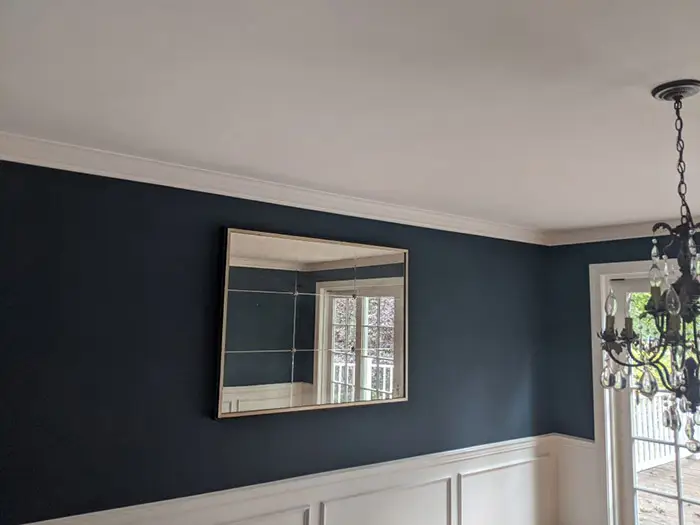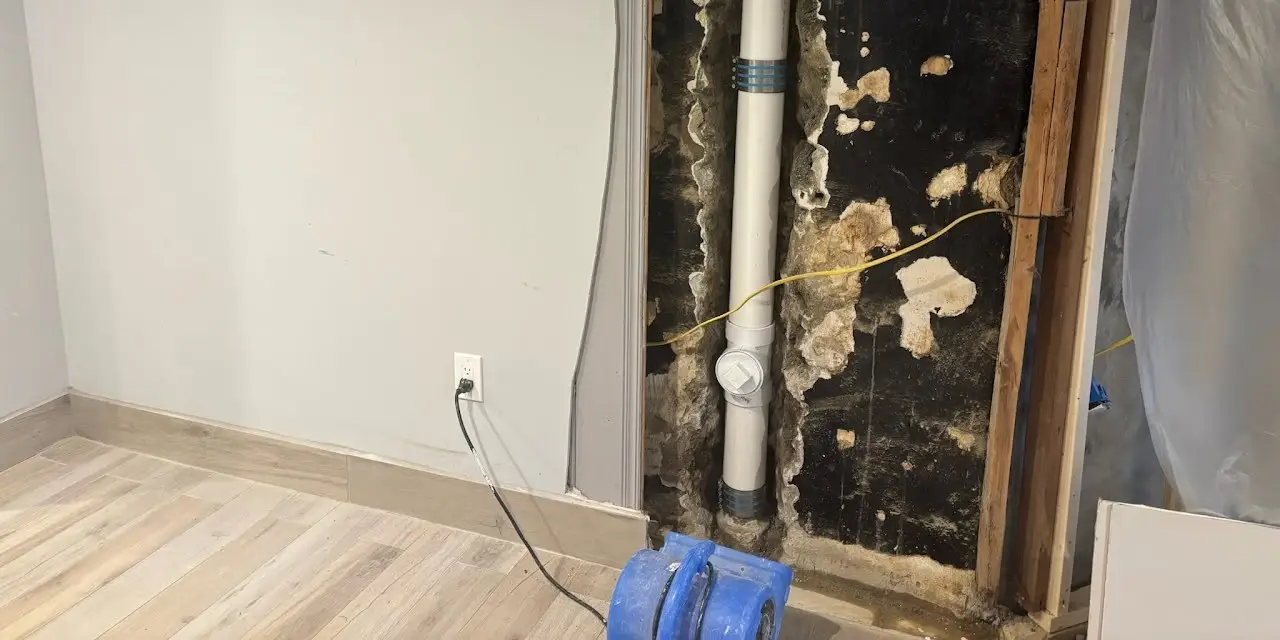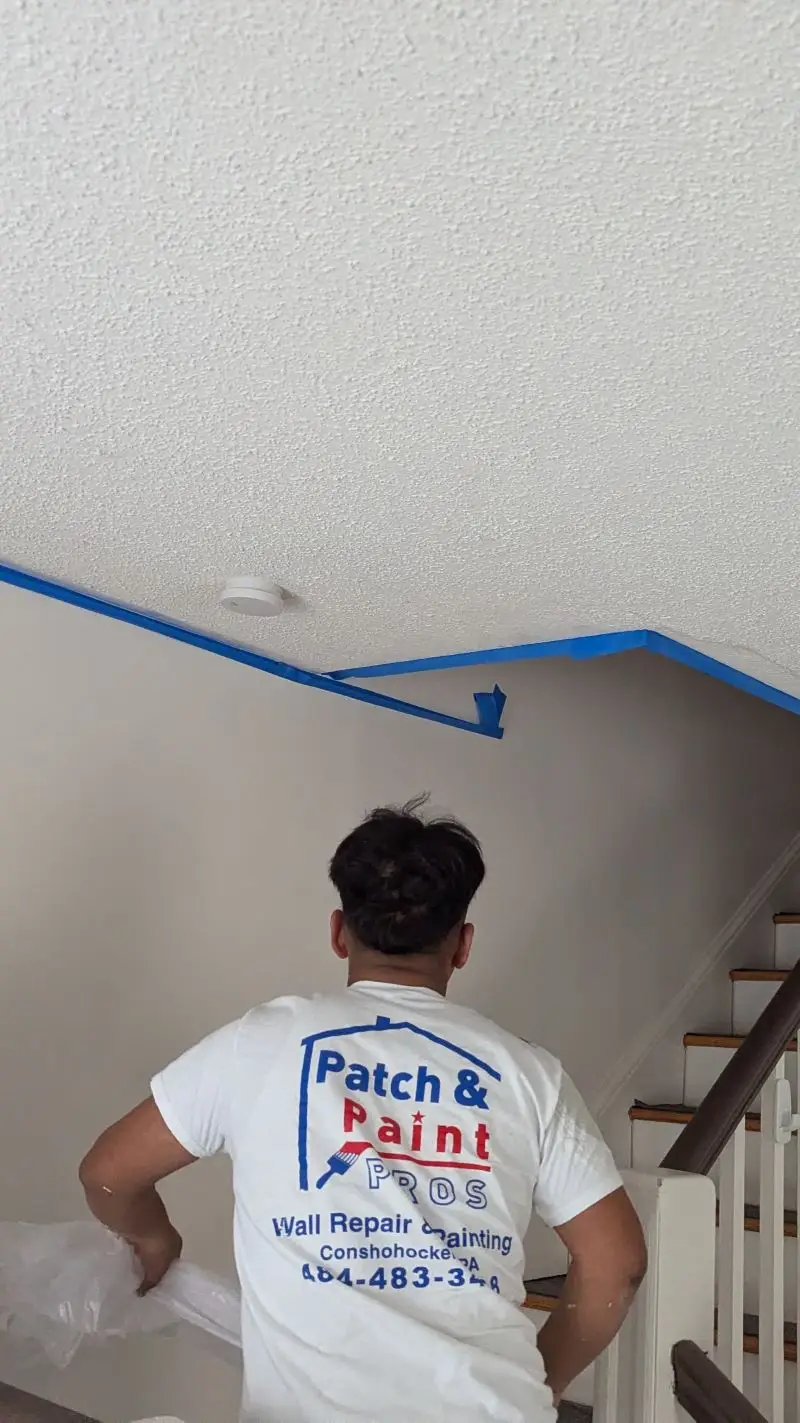Painting a room can be an exciting way to give your home a fresh, new look. However, it can also be messy and intimidating if you don’t have the right tools and techniques for minimizing paint splatters.
Fortunately, there are several options available that will help make sure your interior painting job is neat and easy. In this article, we’ll discuss some of these tools and techniques so that everyone from novice painters to professional painting contractors can get great results with minimal mess.
Preparing The Room
Painting the interior of your home can be both exciting and daunting. After all, what could go wrong? You might think that you’ve got everything covered – from choosing the right color to prepping the walls for painting.
But have you considered how to prevent paint splatters? Don’t worry, it’s not rocket science! With a few simple tools and techniques, minimizing messes is easy peasy.
The first step in avoiding a big ol’ mess is preparing the room. Get rid of any furniture or accessories that don’t need to be painted and cover up anything else with drop cloths. Make sure to place them securely so they won’t move while you’re working.
Once this is done, tape off windowsills, door frames, baseboards (and even ceiling moldings if necessary). This will create sharp lines and keep those pesky paint droplets at bay. And voila! The stage is set for success.
Selecting The Right Paint
When choosing paint for your paint job, it’s important to consider whether you want to use latex paints or oil-based paints. Latex paints are easier to clean up with soap and water, while oil-based paints require solvents such as mineral spirits.
You’ll also need to decide on the appropriate size of paint cans for your project, as well as the right type of paint trays for your painting tools. If you’re working with a paint crew, make sure everyone is aware of the type of paint being used and any safety precautions that need to be taken.
Regardless of the type of paint you choose, it’s always a good idea to use high-quality brushes and rollers to ensure a smooth and even finish. And remember, using the right paint and tools can help make your paint job a success with minimal mess and hassle.
Using Quality Brushes And Rollers
If you want to achieve a smooth surface and minimize excess paint and splatter during your painting project, using high-quality brushes and rollers is key. House painters know that investing in quality tools not only makes the job easier and faster but also helps ensure a professional-looking finish that will last.
Using good brushes and rollers also reduces the amount of time needed between coats, allowing you to finish your project more quickly. In addition to using the right tools, it’s important to take safety measures when painting, such as ensuring proper ventilation to minimize paint fumes.
With the right equipment and safety precautions in place, you can achieve a successful painting project with minimal mess and maximum results.
Applying Primers And Sealers
Applying primers and sealers can be a great way to minimize paint splatters in an interior painting job. Primers create a smooth, uniform surface for the paint that will adhere better and help keep it from dripping off and making a mess. Sealants offer additional protection against any dust or grime seeping through the walls and staining your finished product.
Here are some tips on how to use these two products effectively:
- Choose the right primer – Selecting one designed specifically for your type of wall is key; this helps ensure adhesion as well as proper coverage.
- Cover all surfaces – Make sure you don’t miss any cracks or crevices when applying both the primer and sealant. Pay special attention to corners, window frames, baseboards, etc.
- Allow each coat plenty of time to dry – Follow manufacturer instructions carefully so drying times aren’t rushed or skipped over; this could lead to problems down the road such as bubbling or peeling.
- Use high-quality supplies whenever possible – Cheap materials may save money initially but won’t guarantee good results. Investing in top-notch supplies ensures more professional-looking results with fewer issues along the way.
- Test first – Before starting your project, do a test patch on an inconspicuous area like behind furniture or under curtains just to make sure everything is working properly before continuing on with larger areas of the room.
This kind of preparation will not only help protect your workspace but also give you peace of mind knowing that you have taken care of every detail necessary for optimal results once it’s time to start putting color onto those walls! Taking safety precautions should always come next though, so let’s review what steps need to be taken.
Taking Safety Precautions
Painting can be a messy task, but taking safety precautions and following these painting tips can help minimize the risk of splatters and accidental spills. To protect your surroundings from paint splatters, cover furniture and other items in the area with plastic sheets. Applying painter’s tape around edges and curves can also help ensure a clean finish.
When using a paint roller, be sure to apply multiple thin coats of paint instead of a few thick ones. This helps prevent splatters and also allows for better coverage. Taking breaks throughout the day and wearing protective gear such as a face mask, goggles, gloves, and appropriate clothing can also help ensure safety during the painting process.
Painting hard-to-reach areas can be a challenging task for many homeowners. However, it’s important not to cut corners in these areas, as they can greatly impact the overall look of your paint job. To tackle hard-to-reach areas, consider investing in paint tools like an extension pole or a paint sprayer. These tools can help you reach high ceilings, tight corners, and other difficult-to-paint areas with ease.
Another important consideration is using the right technique when painting these areas. Be sure to apply paint evenly, and work in small sections to avoid drips and uneven coverage. If you’re unsure about how to paint certain areas, consider seeking advice from a professional painter.
In any case, it’s crucial to use quality paint and paint tools to achieve the best results. Choosing the right paint finish can also make a significant difference in how well the paint covers and how long it lasts. With proper preparation and attention to detail, painting hard-to-reach areas can be a manageable task that produces great results.
Final Thoughts
To minimize paint splatters and achieve a professional-looking interior painting job, it’s important to take the proper steps. Carefully preparing the room, selecting quality paint and brushes, and using primers and sealers – are all essential for achieving great results.
For example, I once painted my kitchen walls without taking any of these precautions. Needless to say, there were many more paint spatters than I’d anticipated!
To avoid this kind of messy situation in your own project, make sure you use the right tools and techniques before you start painting. With some preparation and care, you can reduce the risk of creating an unsightly mess.





